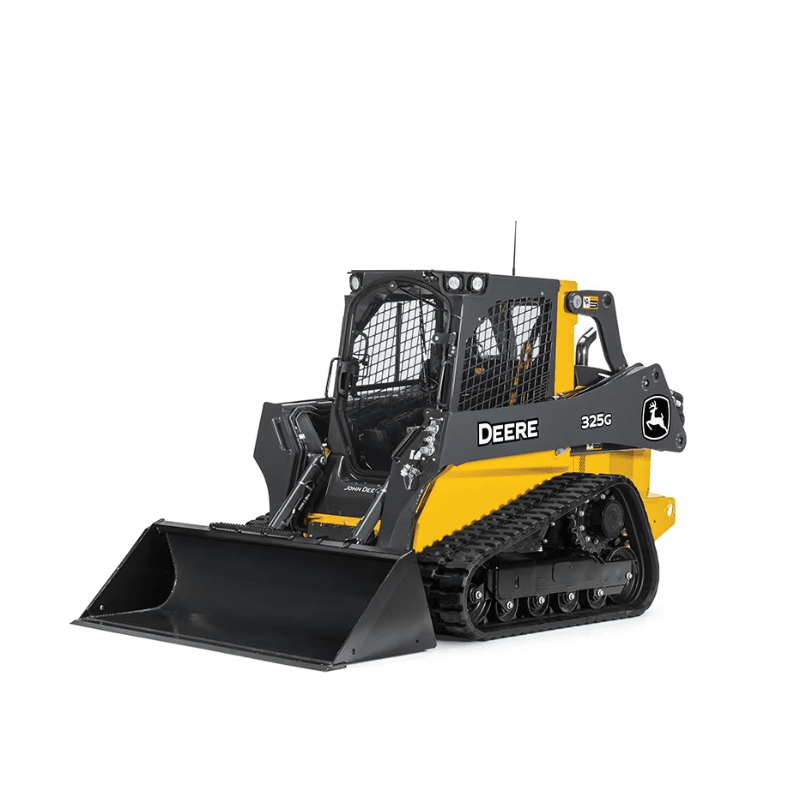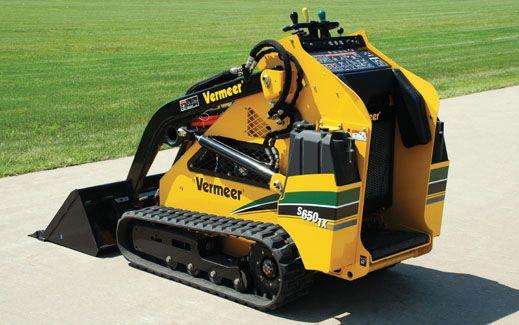Heavy Equipment Rental: Huge Equipment for Any Type Of Construction Job
Heavy Equipment Rental: Huge Equipment for Any Type Of Construction Job
Blog Article
Optimize Your Spending Plan by Recognizing the Costs Connected With Construction Tools Services
Recognizing the full extent of expenses connected with building and construction devices leasings is essential for maximizing your spending plan. While the preliminary rental fee might appear straightforward, countless added expenditures-- such as transportation, fuel additional charges, and upkeep-- can promptly build up, impacting your financial preparation. Being aware of different costs and the ins and outs of rental agreements can assist stay clear of unforeseen monetary problems. What methods can be utilized to successfully take care of these expenses and make certain a much more reliable rental experience?
Overview of Rental Prices
When thinking about construction tools rentals, understanding the connected costs is extremely important for efficient budgeting and task planning. Rental prices can differ dramatically based on a number of factors, including tools type, period of leasing, and area. The preliminary rental cost typically mirrors the tools's market need and its connected functional capabilities, affecting the overall cost.
Along with the base rental rate, supplementary costs may develop, such as transportation charges, gas surcharges, and maintenance costs. It is important to make up these added expenses to precisely analyze the total expense of renting out tools. The rental duration can impact pricing; longer leasings might certify for affordable prices, while short-term rentals might incur higher everyday costs.

Breakdown of Rental Rates
A comprehensive understanding of rental rates is crucial for service providers and task supervisors intending to enhance their spending plans. Rental prices for building and construction devices normally contain a number of components, including base prices, time-based costs, and usage fees.
Base rates are the core costs connected with the leasing of the devices, frequently determined by the kind and dimension of the machinery. These rates can differ dramatically, affected by elements such as equipment need, accessibility, and regional market fads. Time-based fees, which may be daily, weekly, or monthly, serve to suit various project timelines and rental periods.
Furthermore, rental rates might include usage costs, which are suitable when devices is utilized past a specified limit, making sure that the rental company can make up deterioration. Seasonal demand variations can likewise affect rental prices, with peak building periods normally commanding greater costs.
Furthermore, recognizing the rental company's policies concerning maintenance and insurance policy can give further insight right into the overall expense structure. By examining these components, service providers can make educated choices, guaranteeing the option of rental equipment lines up with both task demands and spending plan constraints.
Added Fees to Take Into Consideration
Recognizing the details of extra fees is important for service providers to handle their overall rental expenses efficiently. Past the common rental prices, numerous additional charges can substantially affect the overall expense of devices leasing. These charges commonly consist of distribution and pick-up fees, which can differ based on distance and logistics associated with carrying the devices to and from the task site.
Furthermore, some rental business may impose gas additional charges if the devices is returned with much less fuel than when rented. It is also important to be aware of potential cleansing costs, especially for specific equipment that requires thorough upkeep after usage.

Extensively examining the rental contract and clarifying these added charges upfront can aid specialists avoid unanticipated expenses and guarantee that budget plans remain undamaged throughout the project lifecycle.
Repair And Maintenance Expenditures
Routine maintenance and fixing expenditures are frequently overlooked aspects that can substantially affect the total cost of large equipment sales construction devices leasings. When renting out tools, it is vital to think about not just the rental charges however also the possible costs connected with maintaining the machinery in ideal operating problem.
Numerous rental firms include basic upkeep as component of the rental agreement; nevertheless, extra comprehensive fixings or unexpected malfunctions can lead to extra costs. It's important to evaluate the rental agreement meticulously to understand what maintenance services are covered and what obligations drop on the occupant.
Furthermore, equipment that is not well-kept can cause inadequacies on the job site, potentially causing delays and boosting task prices. To minimize these threats, it is advisable to conduct normal inspections and maintain open communication with the rental company relating to any type of problems that develop during use.
Insurance and Liability Costs
Insurance and liability costs are critical components that can significantly impact the total expenditure of building devices rentals (forklift rental). These expenses guarantee that both the rental company and the customer are secured from prospective financial losses emerging from mishaps, damage, or burglary during the rental period

Furthermore, clients must recognize any type of deductibles or exemptions in the insurance plan, as these can affect prospective out-of-pocket expenses. Comprehending the terms of any insurance policy coverage is important to stay clear of unexpected expenses. Inevitably, budgeting for insurance and responsibility expenditures can help make sure a smoother rental experience and protect against monetary threats related to building tasks.
Conclusion
In final thought, a thorough understanding of the costs associated with building and construction tools rentals is vital for reliable budget management. By examining rental prices, added fees, maintenance expenses, and insurance coverage requirements, rent out your heavy equipment individuals and companies can lessen unanticipated expenses. This critical strategy not only enhances cost-effectiveness yet additionally ensures that projects progress smoothly and effectively. Inevitably, notified decision-making concerning tools leasings contributes to the overall success of construction undertakings.
Rental prices can vary considerably based on several variables, consisting of equipment kind, period of rental, and area (forklift rental). The rental period can impact rates; longer leasings might qualify for discounted prices, while short-term services might sustain higher day-to-day fees
By conducting complete research study and involving with credible rental companies, service providers can successfully navigate the complexities of rental rates, eventually optimizing their financial sources.
Beyond the common rental rates, different additional costs can considerably see this page influence the total expense of tools rental. Rental business often supply responsibility insurance that covers injuries to 3rd events or damage to property, while equipment damages insurance policy can cover the cost of repair work or substitute if the rented out equipment is damaged.
Report this page